The World's Strangest Foods
The world is full of culinary wonders, some of which might surprise or even shock the average eater. Here are a few of the most unusual dishes from different corners of the globe:
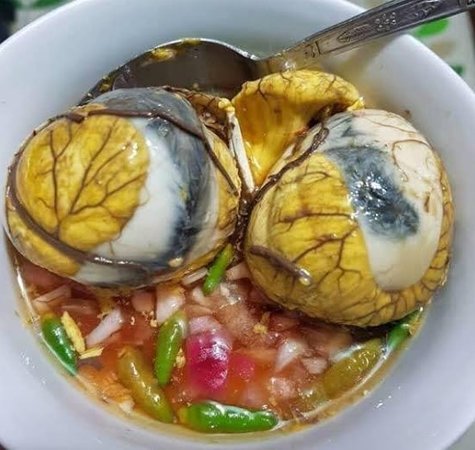
- Balut (Philippines): This delicacy consists of a fertilized duck egg with a partially developed embryo inside, boiled and eaten from the shell. It's a popular street food in the Philippines, known for its unique texture and taste.
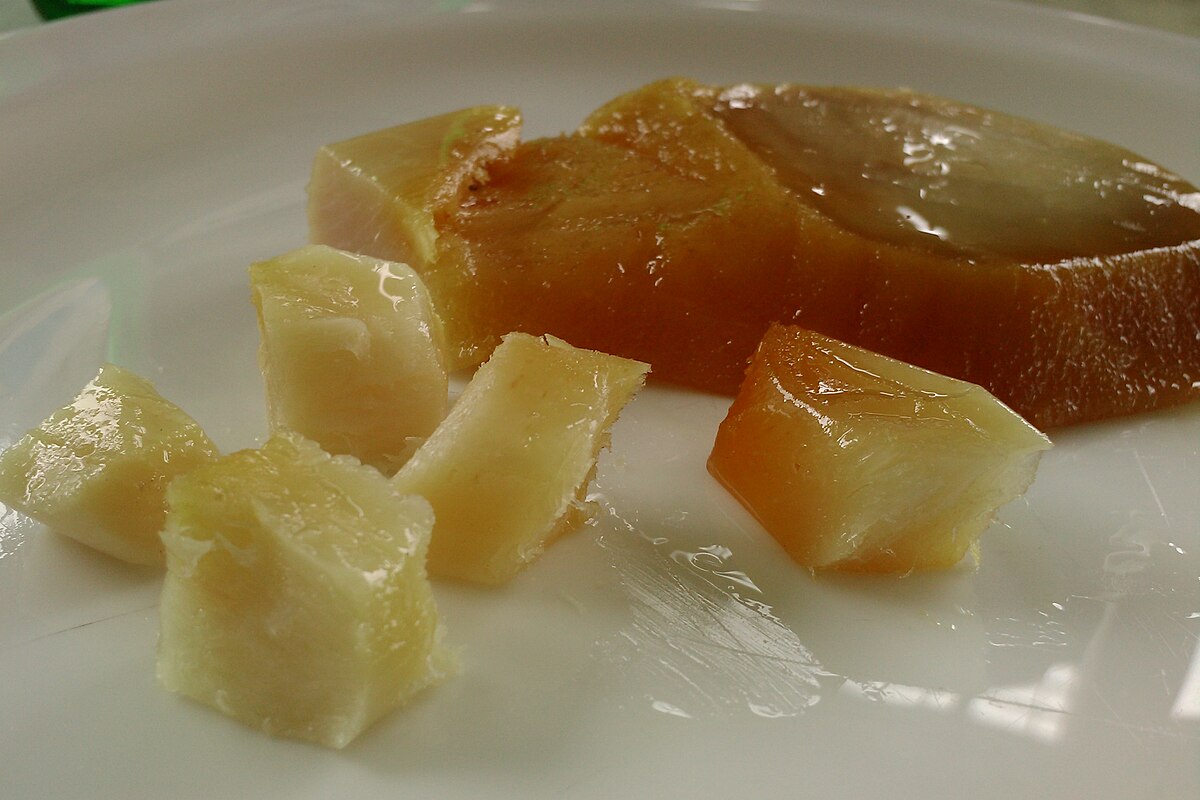
- Hákarl (Iceland): Hákarl is fermented shark meat that has been cured and dried for several months. It's infamous for its strong ammonia smell and potent taste, making it a challenge for even the most adventurous eaters.
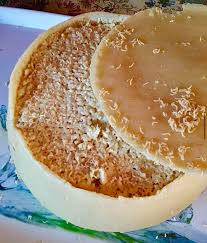
- Casu Marzu (Italy): Also known as "maggot cheese," this Sardinian specialty is a sheep milk cheese that contains live insect larvae. The larvae are intentionally introduced to promote fermentation and create a soft, creamy texture.
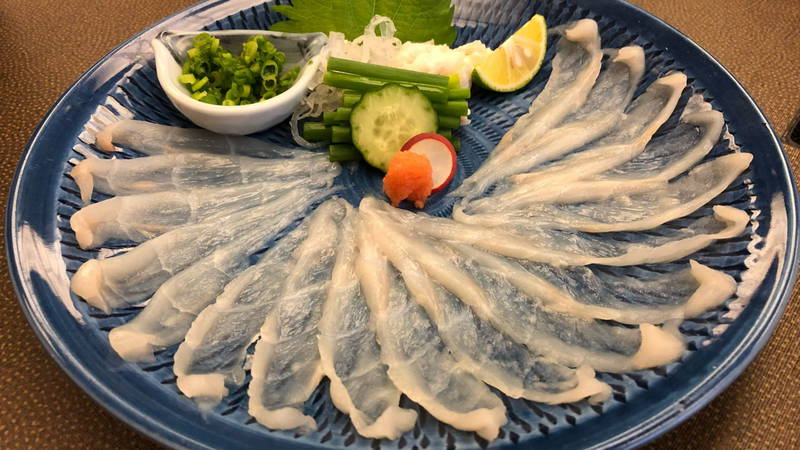
- Fugu (Japan): Fugu, or pufferfish, is a delicacy that can be deadly if not prepared correctly. Only licensed chefs are allowed to prepare this dish, as the fish contains potent toxins in its organs.
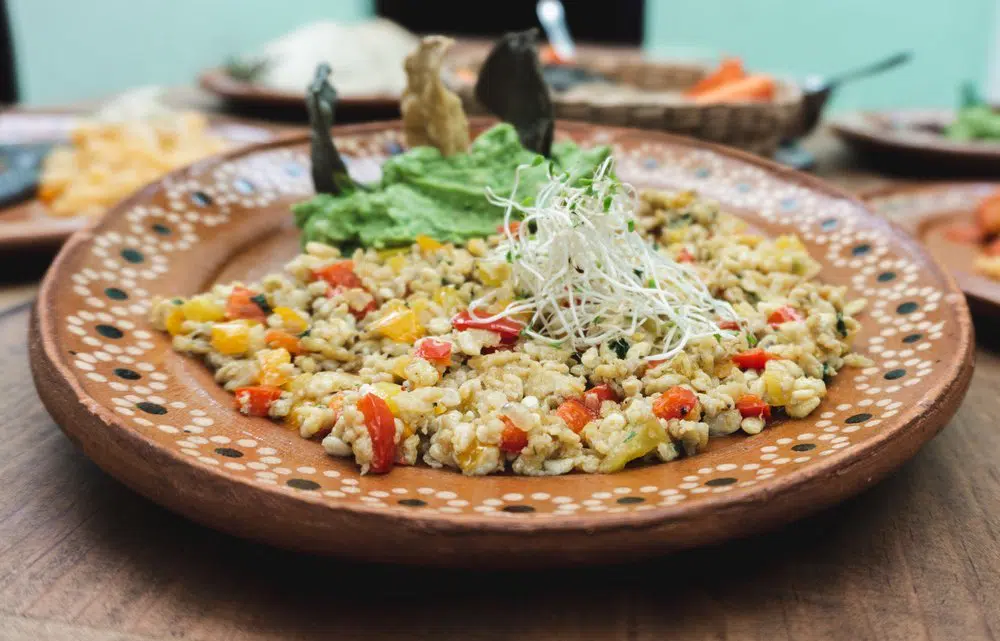
- Escamoles (Mexico): Often referred to as "insect caviar," escamoles are ant larvae harvested from the roots of the agave plant. They have a nutty flavor and are typically sautéed in butter and spices.
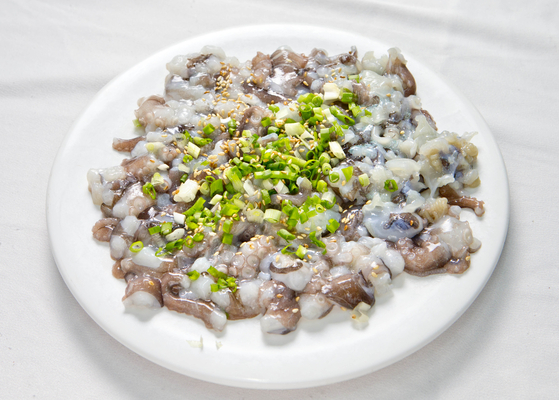
- Sannakji (South Korea): This dish features live octopus tentacles that are cut into small pieces and served immediately. The tentacles continue to move on the plate, providing a unique and sometimes challenging eating experience.
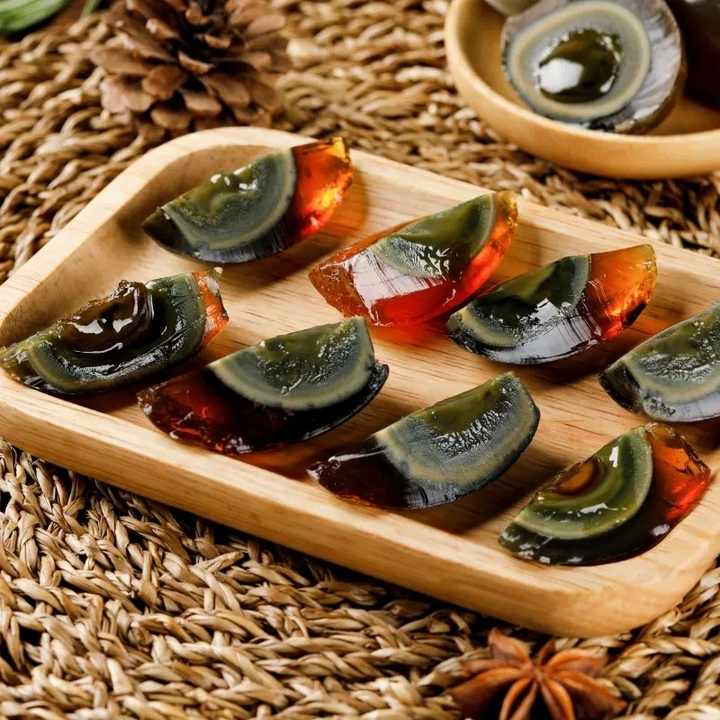
- Century Egg (China): Also known as a hundred-year egg, this preserved egg has a dark, jelly-like consistency and a strong flavor. It's made by preserving duck, chicken, or quail eggs in a mixture of clay, ash, and quicklime for several weeks or months.
Exploring these foods can be an eye-opening experience, giving us a glimpse into the diverse culinary traditions and tastes around the world. Whether you're an adventurous eater or just curious, these strange foods offer a fascinating journey into global gastronomy.